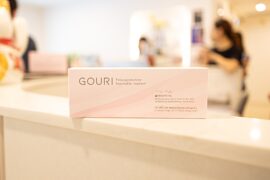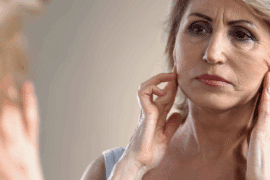Every year, around 15,000 Australians travel overseas—not for holidays, but for medical procedures. This growing trend contributes to a global medical tourism market that’s expanding at 15-25 per cent annually. Popular destinations like Thailand, India, and Turkey attract Australians with promises of affordable and quick treatments. Despite government warnings, new research reveals more than half of Australians would be willing to take the risk to save money.
“If something goes wrong during or after your procedure, it could end up costing much more than you would have paid at home,” warns David Mayo, from Insurance to Go.
A recent survey conducted by Insurance to Go revealed the top procedures Australians are seeking as they head abroad.
- Dental Work: 65 per cent of respondents would travel for implants, veneers, or smile makeovers, especially those aged 24-44.
- Cancer Treatments: 42 per cent would pursue life-saving therapies unavailable in Australia, with younger Australians (35-44) most open to this option.
- Cosmetic Surgery: 33 per cent consider treatments like breast augmentations and facelifts. Younger adults (25-34) are the most likely to travel for these procedures.
Why Take the Risk?
The primary motivator is cost savings, cited by 37 per cent of respondents. “The cost overseas is a fraction of what you’d pay here,” said one survey participant.
Other factors include:
- Higher Quality Care: 32 per cent believe they can get better treatment abroad.
- Reduced Wait Times: 20 per cent seek faster access to procedures.
- Recommendations: 22 per cent are influenced by positive reviews.
The Hidden Dangers
While the benefits are tempting, the risks are significant. “There are dangers like infections, antibiotic-resistant bacteria, and disfigurement from substandard practices,” Mayo cautions. Financially, complications from overseas treatments aren’t covered by most travel insurance policies, and Medicare won’t assist upon return.
Expert Advice
“Do your homework,” Mayo advises. “Research providers and understand the risks. Sometimes, the peace of mind from staying local is worth the extra cost.”
For Australians considering medical tourism, the message is clear: weigh the savings against the potential risks carefully. Safety and informed decision-making should always come first.





